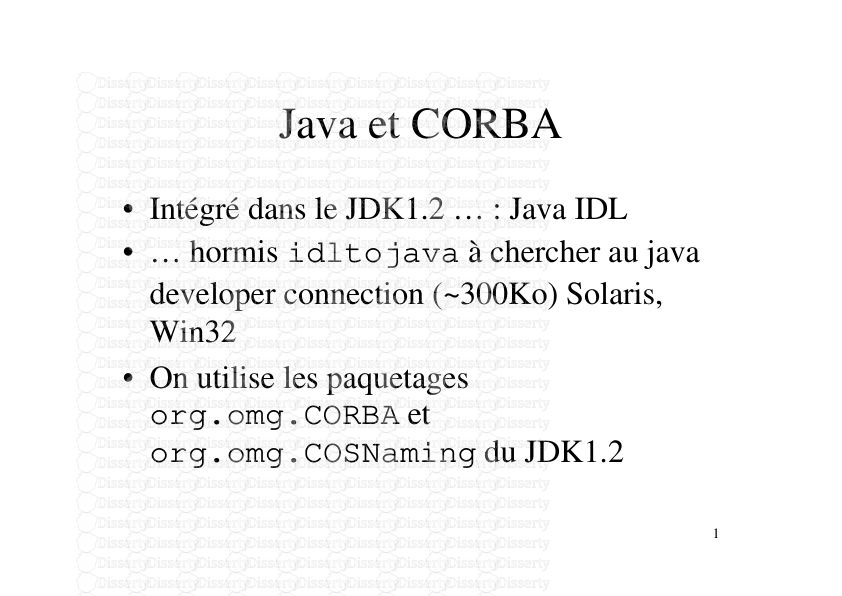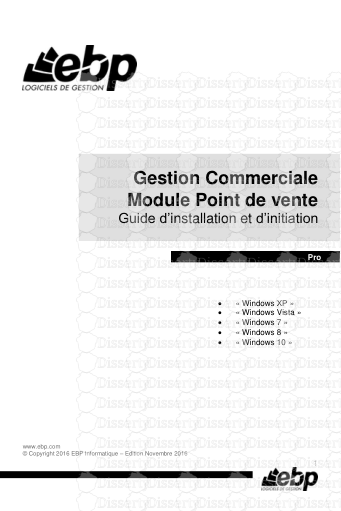1 The competences required to deliver effective Dynamic Interpersonal Therapy (
1 The competences required to deliver effective Dynamic Interpersonal Therapy (DIT) for Depression Alessandra Lemma Tavistock and Portman NHS Foundation Trust This document represents a guide to the competences required to deliver Dynamic Interpersonal Therapy (DIT) for depression. By design it is based largely on the document for commissioners and clinicians published as part of the psychoanalytic/psychodynamic competence framework (authored by Lemma, Roth and Pilling, and available on the CORE website). The full listing of the competences associated with DIT, and the psychoanalytic/ psychodynamic competences which underpin this approach, can be downloaded at: www.ucl.ac.uk/CORE 2 Relationship between Dynamic Interpersonal Therapy (DIT) and the Psychoanalytic/ Psychodynamic competence framework The competence framework for psychoanalytic/psychodynamic therapies sets out the competences associated with psychoanalytic approaches for which there is good research evidence of efficacy. In doing so it clarified the underlying structure of dynamic techniques likely to be effective in routine practice. DIT emerges directly from this work, and is an attempt to outline a brief psychodynamic approach to the treatment of depression which stays close to the evidence-base. Because it draws so closely on the competence framework DIT is grounded in strategies and techniques that will be familiar to practitioners of short-term focal psychodynamic psychotherapies; in that sense it is not novel (and it is worth emphasizing that DIT is not intended to be a further new psychodynamic sub-modality). What is distinctive about DIT is the way in which it structures these elements, making it accessible to clinicians through a treatment and training manual. An overview of DIT DIT is delivered through a brief (16 sessions) protocol that integrates core, shared psychodynamic principles and techniques grounded in the extant evidence base, and thus carries some external or empirical credibility when applied with a specific focus on depression (Lemma et al., in press). DIT has been designed to achieve a practical fit between a psychodynamic approach and the symptom focus of modern commissioners and consumers of psychological therapy services without compromising its theoretical tradition and its unique mechanisms of therapeutic action. While drawing primarily on psychodynamic principles of technique (such as. working in the transference, or the interpretation of defences) DIT is situated at the supportive end of the spectrum of expressive therapies. Its techniques and theoretical underpinnings are not novel and reflect the core knowledge areas highlighted in the psychoanalytic/psychodynamic therapies competence framework. DIT is a protocol that assists psychodynamically trained clinicians to work to a specific dynamic focus relevant to the difficulties commonly encountered by patients with depression. It aims to provide a framework for those who already have basic training in psychodynamic psychotherapy to practice their competencies within a structure created to maximise acceptability to all psychodynamic schools, speedy acquisition of the method and a protocol that optimises compatibility with current NHS practice and permits the ready evaluation of competence, adherence and integrity. As an approach DIT is interpersonal because it focuses squarely on the patient’s relationships, internal and external, as they relate to the problem(s) in the patient’s current life, giving rise to symptoms of depression. An interpersonal focus is shared with several other modalities, not least Interpersonal Therapy (IPT, Weissman et al, 2007), with which (perhaps somewhat confusingly) it shares some of its title. Yet the ‘interpersonal’ in DIT is important because it clearly sets it apart from those dynamic models that focus more on 3 intrapsychic variables. However, IPT does not address internalised object relationships; in contrast DIT systematically focuses on the activation in the present of an internalised, often unconscious, object relationship that is meaningfully linked to the presenting symptoms. It is dynamic in its focus in so far as it is concerned with helping the patient to understand the interplay between external and internal reality as it relates to a problematic circumscribed relational pattern. Consequently it addresses a non-conscious realm of experience, which again distinguishes DIT from IPT, and closely aligns it with other psychodynamic models. Contents of this document Because the psychoanalytic/psychodynamic competence framework forms the underpinning for the competences associated with DIT what follows is largely based on the clinician and commissioners guide developed for psychoanalytic/psychodynamic competence framework. This details the ways in which the competences were developed, and readers who are unfamiliar with the methodology which underpins the competence frameworks should refer to it in order to understand what follows (the document can be downloaded at (www.ucl.ac.uk/clinical- psychology/CORE/psychodynamic_framework.htm). Specifying the competences needed to deliver Dynamic Interpersonal Therapy Integrating knowledge, skills and attitudes A competent clinician brings together knowledge, skills and attitudes. It is this combination which defines competence; without the ability to integrate these areas practice is likely to be poor. Clinicians need background knowledge relevant to their practice, but it is the ability to draw on and apply this knowledge in clinical situations that marks out competence. Knowledge helps the practitioner understand the rationale for applying their skills, to think not just about how to implement their skills, but also why they are implementing them. Beyond knowledge and skills, the therapist’s attitude and stance to therapy is also critical – not just their attitude to the relationship with the client, but also to the organisation in which therapy is offered, and the many cultural contexts within which the organisation is located (which includes a professional and ethical context, as well as a societal one). All of these need to be held in mind by the therapist, since all have bearing on the capacity to 4 deliver a therapy that is ethical, conforms to professional standards, and which is appropriately adapted to the client’s needs and cultural contexts. The map of DIT competences Using the map The map of DIT therapy competences is shown in Figure 1. It organises the competences into the five domains outlined above and shows the different activities which, taken together, constitute each domain. Each activity is made up of a set of specific competences. The details of these competences are not included in this report; they can be downloaded from the website of the Centre for Outcomes, Research and Effectiveness (CORE) (www.ucl.ac.uk/CORE). The map shows the ways in which the activities fit together and need to be ‘assembled’ in order for practice to be proficient. A commentary on these competences follows. 5 Specific analytic/dynamic techniques Specific adaptations Basic analytic/dynamic competences Generic therapeutic competences Metacompetences Knowledge of basic principles and rationale of analytic/dynamic approaches Ability to establish and manage the therapeutic frame and boundaries Ability to maintain an analytic attitude Ability to facilitate the exploration of the unconscious dynamics influencing relationships Ability to work with unconscious communication Ability to work in the transference Ability to work with the counter-transference Ability to recognise and work with defences Ability to establish an appropriate balance between interpretative and supportive work Ability to work through the termination phase of therapy Ability to make dynamic interpretations Ability to identify and respond to difficulties in the therapeutic relationship Ability to help the client become aware of unexpressed or unconscious feelings Ability to engage the client in analytic/dynamic therapy Ability to assess the likely suitability of an analytic/dynamic approach Ability to work with both the client’s internal and external reality Ability to make use of the therapeutic relationship as a vehicle for change Ability to apply the model flexibly in response to the client’s individual needs and context Ability to identify and skillfully apply the most appropriate analytic/dynamic approach Dynamic Interpersonal Therapy Ability maintain an analytic/dynamic focus Generic metacompetences Capacity to use clinical judgment when implementing treatment models Capacity to adapt interventions in response to client feedback Analytic-specific metacompetences Ability to derive an analytic/ dynamic formulation Knowledge and understanding of mental health problems Knowledge of depression Knowledge of, and ability to operate within, professional and ethical guidelines Knowledge of a model of therapy, and the ability to understand and employ the model in practice Ability to work with difference (cultural competence) Ability to engage client Ability to foster and maintain a good therapeutic alliance, and to grasp the client’s perspective and ‘world view’ Ability to work with the emotional content of sessions Ability to manage endings Ability to undertake generic assessment (relevant history and identifying suitability for intervention) Ability to assess and manage risk of self-harm Ability to use measures to guide therapy and to monitor outcomes Ability to make use of supervision 6 Generic therapeutic competences Knowledge: Knowledge of mental health problems, of professional and ethical guidelines and of the model of therapy being employed forms a basic underpinning to any intervention, not just to psychoanalytic/ psychodynamic therapy. Being able to draw on and apply this knowledge is critical to the delivery of effective therapy. The ability to operate within professional and ethical guidelines encompasses a large set of competences, many of which have already been identified and published elsewhere (for example, profession-specific standards, or national standards (such as the Shared Capabilities (Hope, 2004)) and the suites of National Occupational Standards relevant to mental health (available on the Skills for Health website (www.skillsforhealth.org.uk)). Embedded in these frameworks is the notion of “cultural competence”, or the uploads/s1/ dit-clinician-guide.pdf
Documents similaires










-
70
-
0
-
0
Licence et utilisation
Gratuit pour un usage personnel Attribution requise- Détails
- Publié le Oct 30, 2022
- Catégorie Administration
- Langue French
- Taille du fichier 0.1038MB


